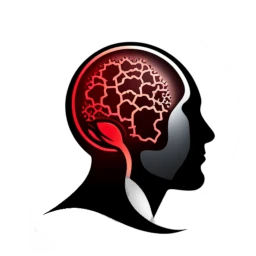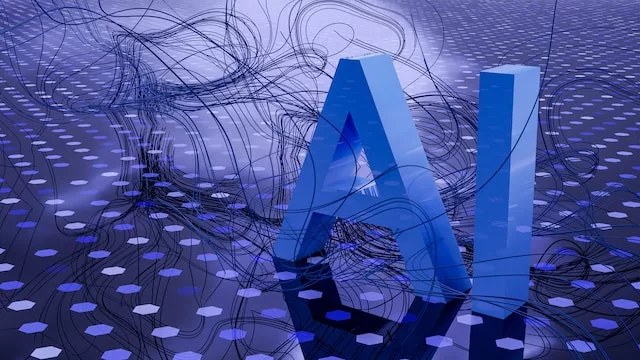Artificial intelligence is a field that has undergone a tremendous evolution in recent years. From theoretical concepts, it has become a practical reality, and the development of artificial intelligence-based applications has become accessible to programmers worldwide. In this article, we will take a closer look at the handbook for creating artificial intelligence, from theory to practice.
The foundation of success in creating artificial intelligence lies in understanding its theoretical foundations. This includes learning mathematics, statistics, algorithms, and machine learning. For those who are just beginning their journey into AI, there are many online courses, tutorials, and educational materials available to help grasp these concepts.
However, theory is just the beginning. Transitioning from theory to practice requires programming skills. Programming languages like Python are particularly popular in the field of artificial intelligence due to their rich array of libraries and machine learning tools. Programmers must be able to implement artificial intelligence models, adapt them to specific problems, and optimize them.
It is also important to understand that creating artificial intelligence is an iterative process. Models need to be trained on data, tested, adjusted, and retrained. This requires patience and the ability to analyze results in order to continually improve the models.
For those interested in exploring the practical aspects of creating artificial intelligence, there are many resources available, such as machine learning platforms where one can experiment with various algorithms and data.
Creating artificial intelligence is a process that combines theory and practice. It requires programming skills, an understanding of mathematics and statistics, and the ability to iteratively refine models. For those interested in this field, numerous educational resources are available to help transition from theory to practice in artificial intelligence development.

